Featured image courtesy Camille Vidal.
A movement started across the pond is reshaping the relationship people have with alcohol, and starting new conversations about the topic.
When Laura Willoughby sought to change her relationship with alcohol, she found that there weren’t many options to turn to in the United Kingdom that suited her well. So she created her own. What started out as a Facebook group grew into what is now a movement that swept across the UK and eventually parts of the globe. Club Soda, the mindful drinking community Willoughby co-founded, was just the start of a conversation about how people can drink mindfully.
Camille Vidal, founder of La Maison Wellness, describes what a mindful drinker is best. For her, there are many different types of mindful drinkers, but there is not just one label. “Often, because the movement is expanding and there are more and more people becoming vocal about their sobriety, about cutting alcohol out of their life, very often people assume that if you are a mindful drinker, it means that you’re sober,” Vidal says. “But actually, mindful drinking, and being a mindful drinker, is being mindful, being aware, being conscious of how much, how often and what you drink.
For Willoughby, she identifies as being alcohol-free, and has been for eight and a half years. Club Soda was born from Willoughby’s realization that seeking a change in a relationship with alcohol was met with the disease model of addiction, which may help some people, but not all. “Alcohol is an identity, not a medical condition,” Willoughby says. “I’m alcohol-free because that suits me best and alcohol doesn’t have anything left for me; I definitely took everything that was possible from alcohol.”
Eventually the mindful drinking conversation began to shift to the beverage industry. According to Vidal, today there are about 90 different alcohol-free spirits available around the world, but one company was the catalyst for this category. “Five years ago there was one brand that launched the world’s first alcohol-free spirit — that’s called Seedlip.
Seedlip is a botanical spirit,” Vidal says. “And they really paved the way for rethinking how we drink.” Seedlip’s roots were planted in London in 2015 by the brand’s founder, Ben Branson. Starting with one spirit, the company grew to include three choices, each with an individual flavor profile. One interesting spirit Vidal notes is its Garden 108 spirit that is made with traditional herbs and its signature, peas, giving it a refreshing, gin-like flavor.
Vidal uses Seedlip and other brands — another one she recommends is a company called Lyres that is based in Australia — to create her mindful cocktails that she features on her company’s website. When the pandemic lockdown began in London, where she currently resides, she started “happy hours” on her social media where she showed people how to make her cocktails. Vidal also collaborates with companies and people, such as Willoughby, to spread the awareness of drinking mindfully.
Another category of alcohol-free spirits that has taken to the market are alternatives that are inspired to bring a new way of drinking and a new overall experience, explains Vidal. Three Spirit, another brand Vidal enjoys, specializes in spirits — they call elixirs — that are powered by plants. The elixirs not only taste good, but make the drinker feel good. “They’ve all been built to recreate the experience you have when you drink alcohol and the very reason why people drink alcohol,” explains Vidal. “For example, they have one that is called the Night Cap that helps you to relax, to ease stress, to calm you down, to help you with sleep — because it contains valerian, which helps with sleeping.”
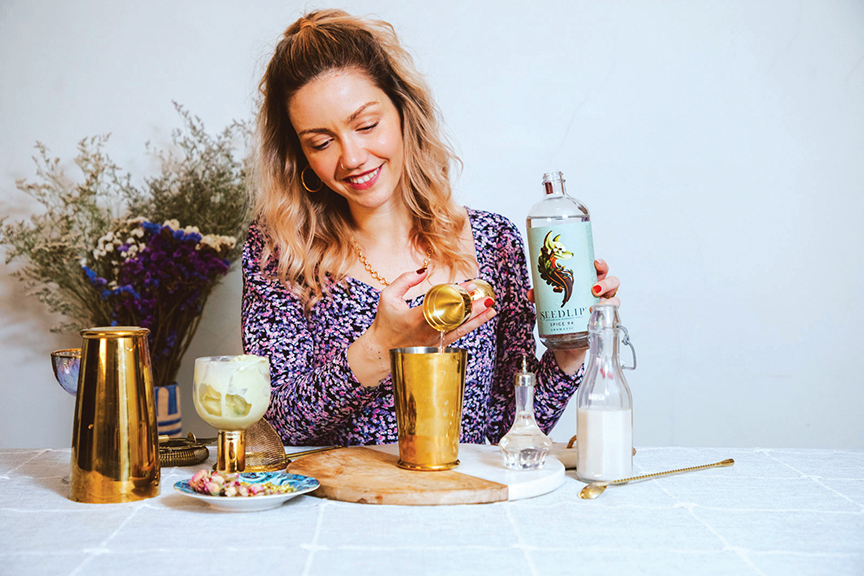
Above: Camille Vidal; Below: Laura Willoughby
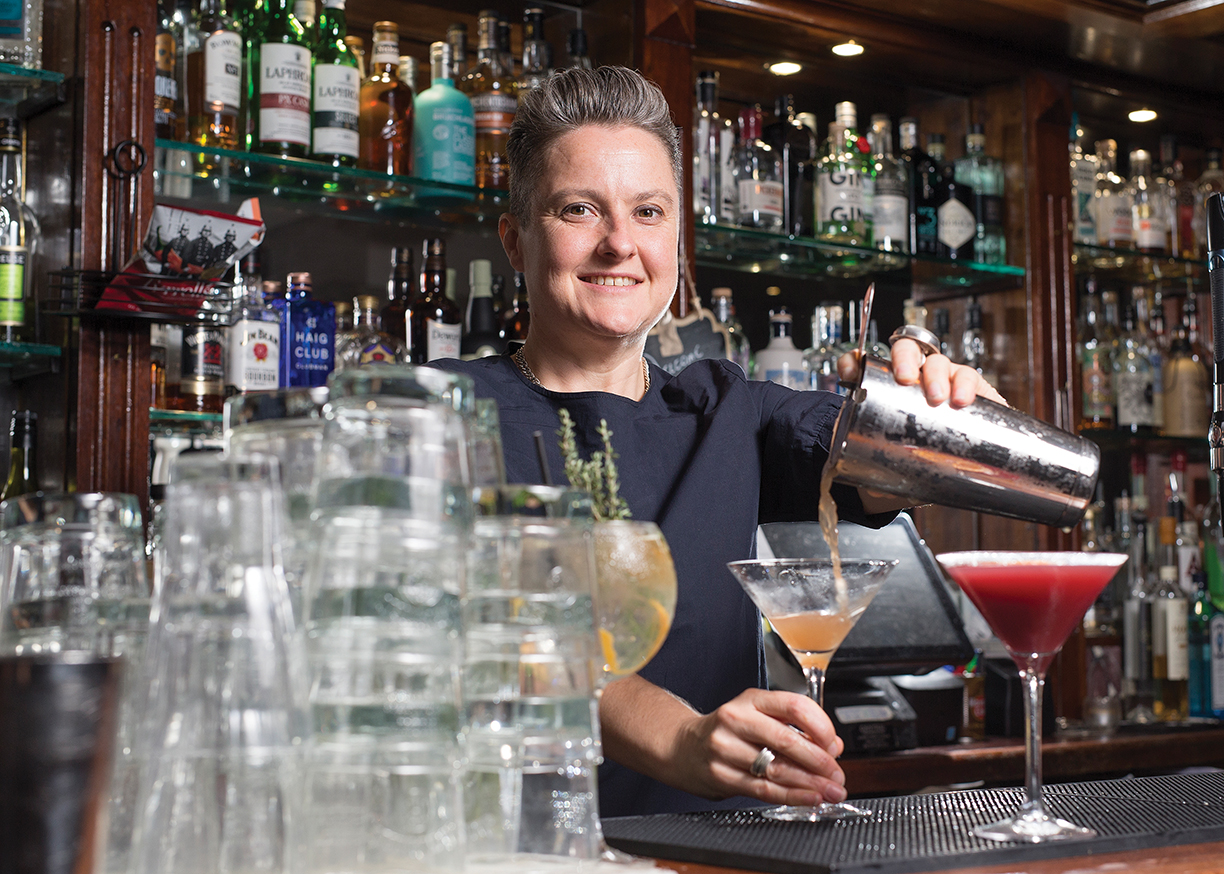
Willoughby herself enjoys drinking Three Spirit as one of her non-alcoholic options along with kombucha, which is something that Vidal says is a great addition to any non-alcoholic or low ABV cocktail. According to Vidal and Willoughby, choosing to become a mindful drinker doesn’t really have any setbacks, as it opens the door to a new lifestyle and way to enjoy nights out or time spent with good company. “People believe they have to give up their social life if they change their drinking, but what happens is your social life changes,” Willoughby says. “And guess what? Your social life changes anyway as you go through life.” On Club Soda’s website, the organization offers courses that help guide people down a mindful drinking journey that works for their lifestyle. “If somebody’s desire is to try and drink moderately,” says Willoughby. “Then that’s absolutely fine by us as well.” She goes on to say that there is a binary view of alcohol, which in actuality, there isn’t.”
Whether someone is choosing to phase alcohol out of their lives or is looking to start a new relationship with it, there are plenty of options that are just as delicious as their alcoholic counterparts. “I always say ‘tasty doesn’t have to be boozy,’” says Vidal. “For me, there’s something magical about having a low-alcoholic or non-alcoholic cocktail, and it’s not about the alcohol content, it’s about the moment, the celebration and appreciating the experience we’re having.”
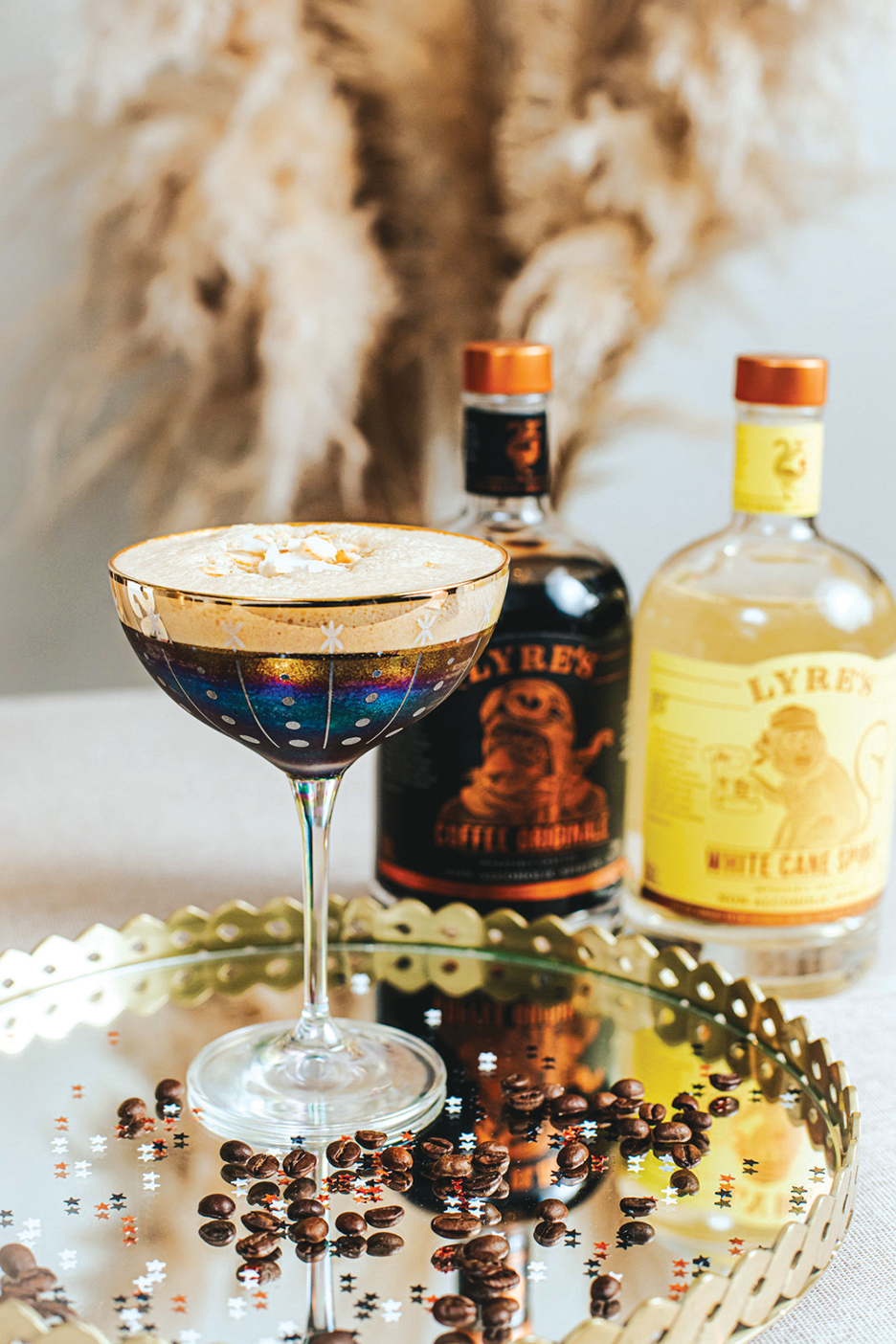
Café Soirée
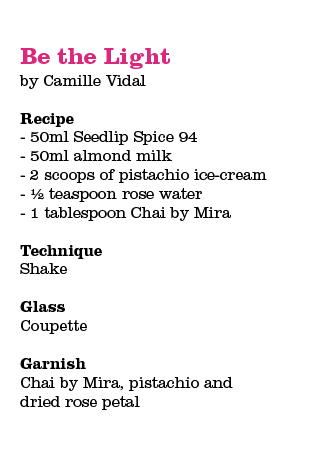
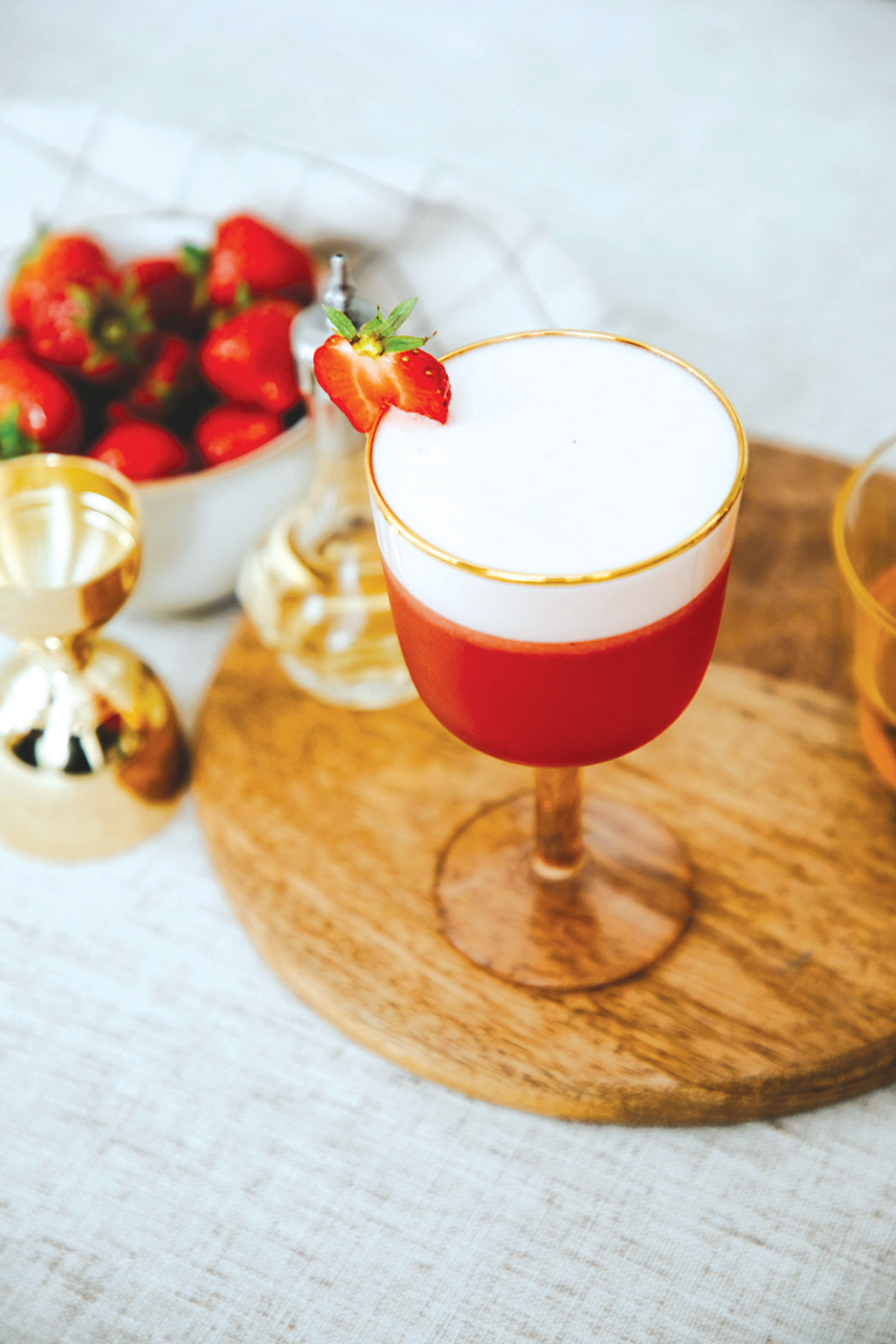
Strawberry Fields
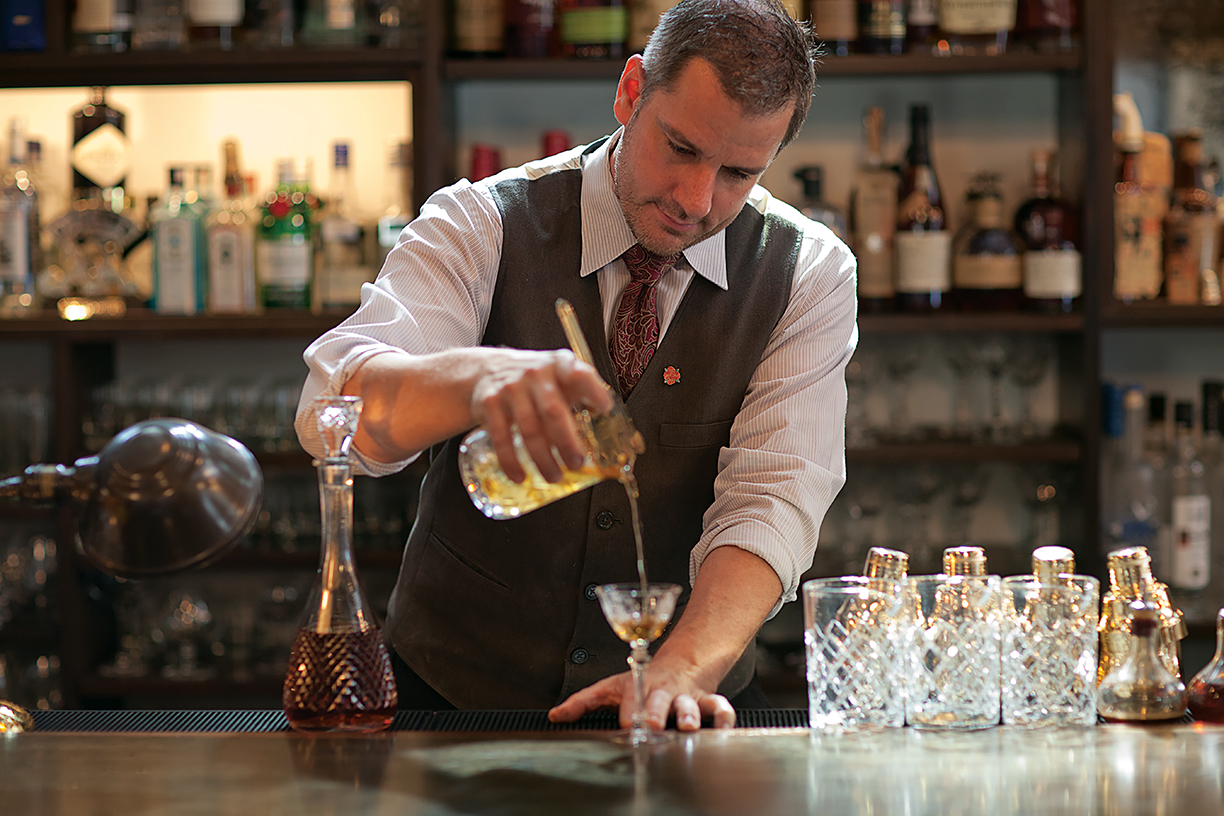
Is any spirit currently trendier than whiskey? Its popularity nationally is reflected in elaborate bars dedicated to its discovery.
The history of whiskey dates back to the 15th century and in America its popularity has endured every beverage trend from flavored martinis to craft beers. As Americans embrace this brown liquor — originally from Scotland but now produced from Bangalore to Brooklyn — as a timeless indulgence, they increasingly patronize high-end whiskey bars showcasing the spirit’s remarkable diversity. In Los Angeles, one of the bars that set the whiskey revolution in motion was Seven Grand and its success led to spinoff s in San Diego, Denver and Austin. Steve White, general manager of the downtown Austin location, reports a current selection of just under 600 whiskeys, but insists that sheer numbers are not what motivates him. “My goal is to have the most curated collection of whiskeys that our bartenders can be proud to put in front of anybody,” he explains.
In addition to rare and exotic varieties like a 21-year Hibiki from Japan or Balvenie Tun 1509 single malt from Scotland, Seven Grand offers Texas-crafted whiskeys, including Garrison Brothers Distillery not far from Austin. White reports that customers are eager to discover local brands — a prevailing trend throughout the food-and-beverage industry — and insists Balcones Dsitilling, another Lone Star State label, is competitive on the world stage. In the back of the original Seven Grand in L.A., an exclusive tasting library called Bar Jackalope pours particularly rare whiskeys and give s regulars an opportunity to rent lockers to store their own valuable hooch.
With its mounted game heads, antler chandeliers and two-story whiskey bar, illuminated in a soothing amber glow, Butcher and the Rye is a popular hangout in downtown Pittsburgh. Owned by classically trained chef Richard DeShantz, a restaurateur whose four establishments have helped fuel a hot food scene in the Stell City, Butcher and the Rye stocks 600-plus varieties of whiskey, including more than 350 bourbons. Meanwhile, the kitchen offers specialties like beef tartare with black garlic aioli and truffled egg, duck liver pâté with Sauternes gelée, panseared halibut, and buttermilk-fried rabbit.
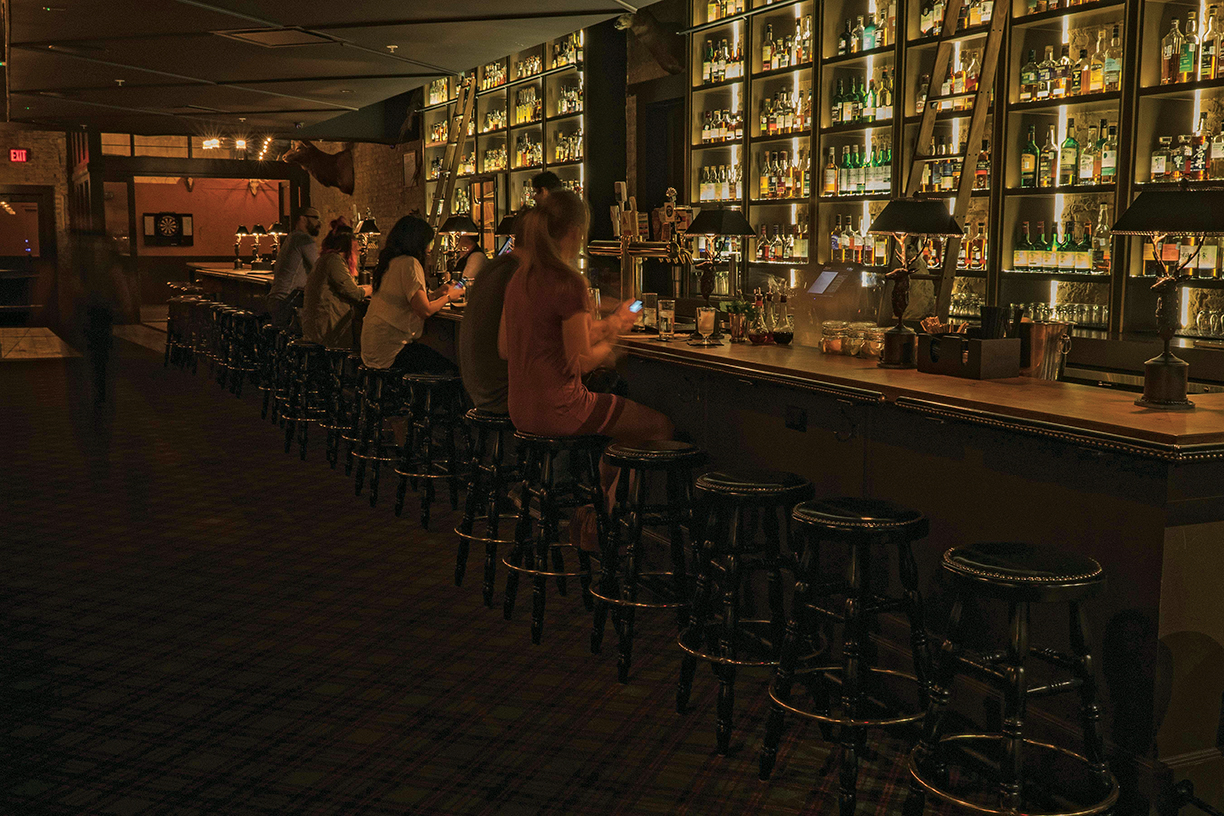
Canon in Seattle boasts America’s largest spirit collection (4,000 labels and counting), with whiskeys consuming about 150 pages of the 191-page Captain’s List. “We have a very fiite amount of space and when it’s completely consumed that will be our number,” says proprietor Jamie Bourdreau of the lists’s upside potential.
Reluctant to express personal preferences, the Seattle whiskey authority quips, “Whenever someone asks me for my favorite it can usually be translated to, ‘What should I drink or order?'” Bourdreau explains, “The proper reason to that question, in my humble opinion, is: ‘What are you using the whiskey for, what time of day, time of year, what have you enjoyed in the past, and what’s your budget?”
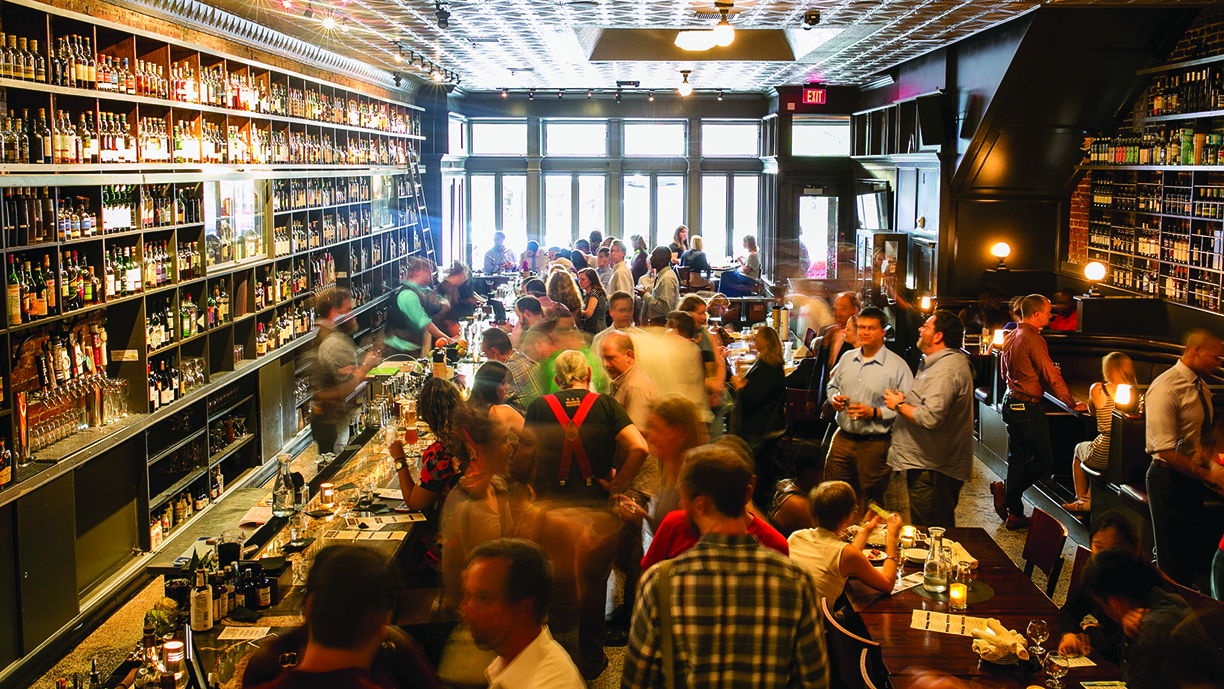
Canon’s list includes many century-old whiskeys priced in the stratosphere, such as a 1898 Canoe Club ($1,225 per pour).
Cocktails — many are memorialized in “The Canon Cocktail Book” authored by Boudreau — include classics like Sazerac and Champs Élysées, multiple mules and creative originals. “I enjoy classics and their history, but have an equal passion for coming up with new combinations and presentation styles,” reports Boudreau, who in spite of his mixology expertise insists Canon is much more than a bar. His kitchen turns out inspired dishes like seared foie gras on pain perdu with cocoa nib “soil,” sweetbread nuggets with agrodolce and barbecue sauce, and duck cassoulet.
Las Vegas’ The Whisky Attic claims to maintain the greatest whiskey collection in America, and whether or not that is actually the case, this off-the-Strip venue is certainly one of the best places to learn about different styles and explore new labels. Various tastings are offered by appointment only, and whether a customer’s interests lean toward Kentucky, Scotland or Japan, the Attic’s approximately 1,800 bottles provide fertile grounds for discovery.
As politics is often enough to drive anybody to drink, it should be no surprise Washington, D.C. offers several outstanding whiskey bars. The Next Whiskey Bar is ensconced in the historic Watergate Hotel, part of the property’s recent $125 million renovation. The space features curvaceous floor-to-ceiling shelving displaying 2,500 custom-made whiskey bottles, all dramatically and sensually illuminated.
Among the selections at The Next are a 23-year Pappy Van Winkle ($500 per pour), 25-year Macallan ($300) and 18-year Yamazaki Mizunara 2017 ($650), all excellent options for lobbyists with unlimited expense accounts. But there are whiskeys for everybody at The Watergate’s chic watering hole. “We’re shaking off the ‘appeal to only older men’ mentality,” says the hotel’s assistant food-and-beverage director Chad Gentile, insisting whiskey is a versatile ingredient that appeals to a diverse clientele. “We host men and women in their late twenties to more venerable guests wanting to relive the vivacity of the period,” he says of the capital’s cocktail culture.
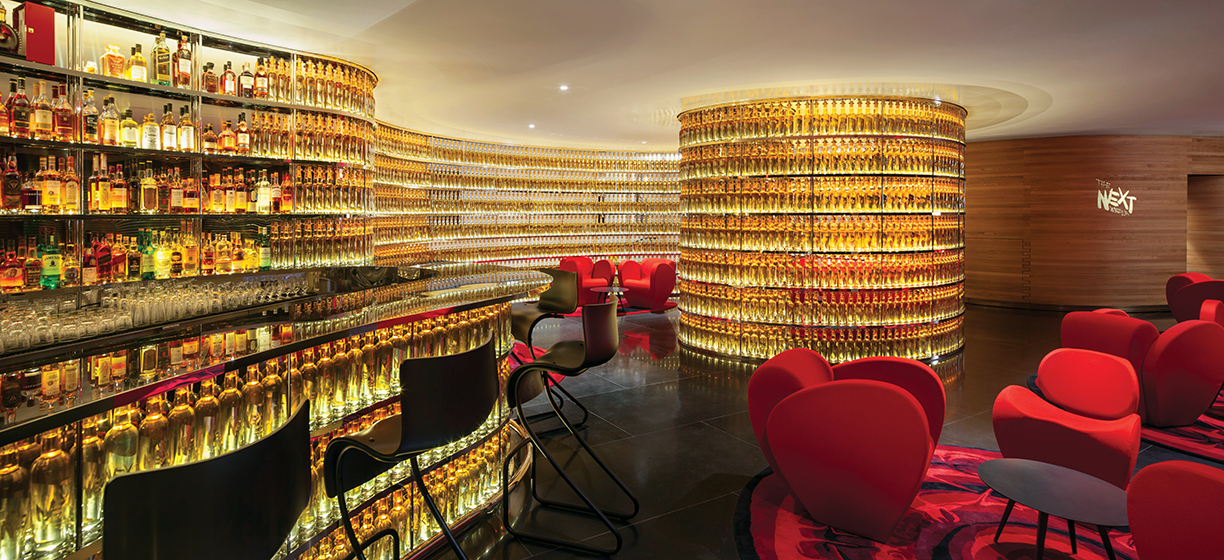
Also in D.C. is the more traditional-looking Jack Rose Dining Saloon, where candlelit tables beneath a tin-stamped ceiling are enveloped by shelves containing approximately 2,700 bottles of whiskey for sampling. With 10,000 bottles a year sold by the dram, owner Bill Thomas is confident his establishment dispenses more whiskey than any bar in the world. Suggesting a demand for quality is driving the popularity of the spirit, he reports, “In the early- to mid-2000s people started paying attention to what they were consuming.”
Jack Rose Dining Saloon presents a sophisticated menu that extends well beyond whiskey-habanero wings to include ginger-glazed pork belly, scallops with black trues, and steak in peppercorn or blue cheese sauce — generally hearty fare that stands up to whiskey. Popular with diplomats, members of Congress and professional athletes, Thomas says of his diverse clientele, “On any given night a guy in a hockey jersey might be seated next to a Saudi prince.”
Beer may be the everyman’s drink, but there are some ultra-premium brews priced like fine Bordeaux.
By Roger Grody
Budweiser is the “King of Beers” and rival Miller Brewing Company dubs its flagship product “High Life,” so the concept of elitism has long pervaded the mass-production market. But a new breed of brewmasters is transforming the beer drinking experience through exotic ingredients, elaborate packaging and price tags that would make a sommelier blush.
Craft brewing, a dominant trend in the industry, has fostered diversity, innovation and a focus on high quality artisanal ingredients. Also emerging are small-batch, ultra-premium beers with price points more akin to fine wines than budget-friendly, old-school labels like Pabst Blue Ribbon.
Leading beer authority Stephen Beaumont — his 13 books include The World Atlas of Beer and Premium Beer Drinker’s Guide — reports plenty of media interest in super-expensive beers but does not believe their hype represents a major shift in the industry. “It’s not so much a trend but an attention-grabber,” he says, conceding that whenever a beer sells for $800, people naturally take notice. He suggests that standing in line for the chance to buy a limited-release beer is part of an experience that transcends the palate, and points to 3 Floyds Brewing Co.’s Dark Lord Russian Imperial Stout as a prime example. On Dark Lord Day (most recently on May 19, 2018), fans make the pilgrimage to Munster, Indiana to score some of the scarce bottles.
Many high-priced beers are one-off events rather than regularly available products, and their stratospheric price tags are often attributed to extremely limited production. Sapporo, the massive Japanese brewery, introduced Space Barley in 2009, made with barley from seeds that were kept alive in the International Space Station by Japanese and Russian scientists. The grain’s exotic provenance made this one of the most unique beers ever produced — facetiously referred to as “out of this world” — and a six-pack retailed for $110.
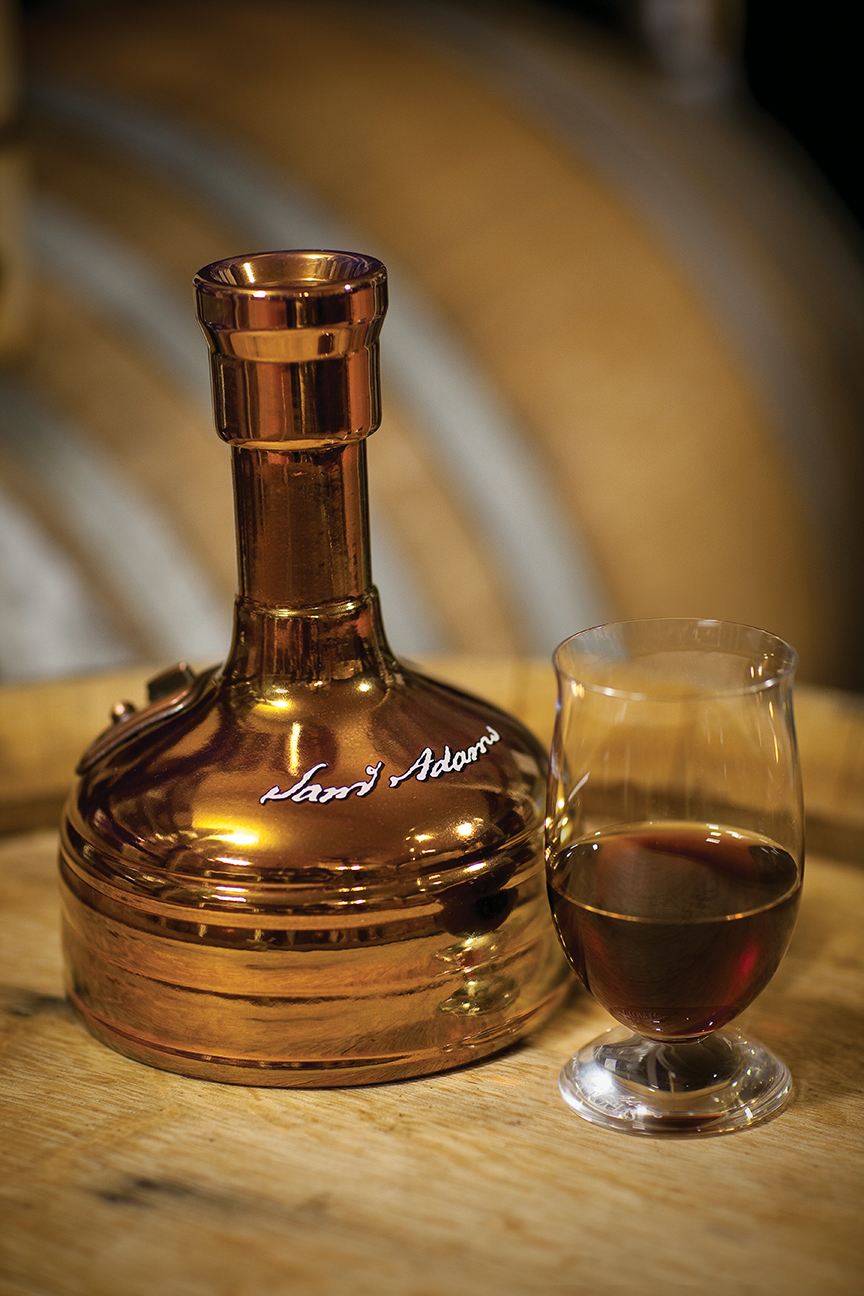
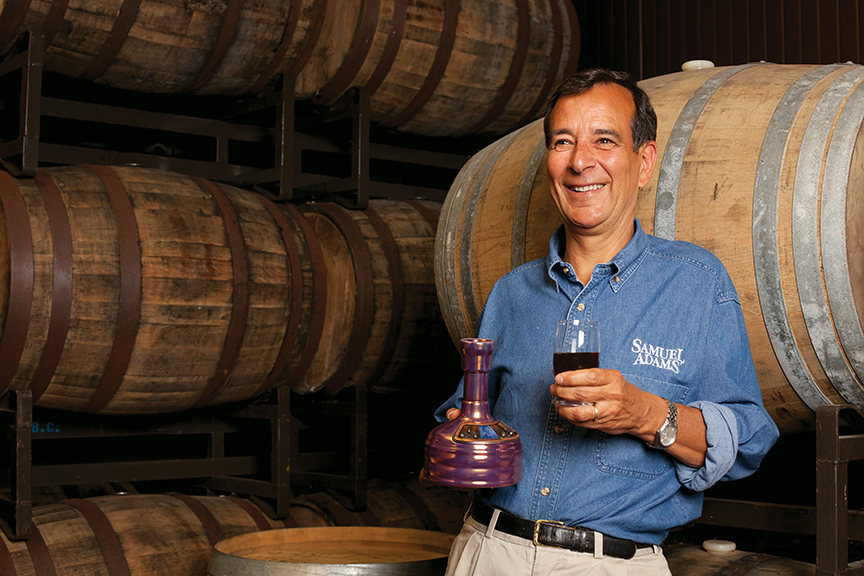
From 2008 through 2014, Australia’s Crown Beverages produced a vintage beer called Crown Ambassador Ale, a limited-production beverage designed to cellar for a decade. The handsome 750ml wine-like bottles were originally priced at about $90 but now command in excess of $1,000 on auction sites. The brewer suggests serving it in a red wine glass and reports it pairs well with pungent cheeses, wild game and desserts.
Samuel Adams, the brand that introduced craft brewing techniques to a mass market, has offered 10 vintages of a limited-edition beer called Utopias, a blend of batches aged up to 24 years. At 28 percent alcohol by volume (ABV) — as opposed to the typical 4 to 6 percent — this beer is more akin to a Port or Cognac. Aging in a variety of wine and spirit barrels (the 2017 vintage included a stint in Scandinavian aquavit barrels) further invites such comparisons.
“My original idea for Utopias was to push the boundaries of craft beer by brewing an extreme beer that was unlike anything any brewer had conceived,” reports Samuel Adams Founder Jim Koch. “We’ve continued to stretch the boundaries in brewing with the release of our 10th vintage and I’m proud to present to drinkers this lunatic fringe of extreme beer worthy of the Utopias name,” says Koch of the 2017 vintage. Only 13,000 ceramic bottles resembling copper brewing kettles were released, with a suggested retail price of $199 per bottle. Commentators like Beaumont praise Utopias, suggesting its character and complexity warrants the high price.
BrewDog is a funky Scottish craft brewery (Beaumont calls the company, not necessarily disparagingly, “an unapologetic attention-seeker”) that produces highly rated beers with product names like Elvis Juice, Clockwork Tangerine and Tactical Nuclear Penguin. One of its most celebrated products was Sink the Bismark!, a 41 percent ABV ale that retailed at approximately $75 when released in 2011. If you can find the high-octane brew today, you’ll pay north of $200 for a 330ml bottle.
End of History is a BrewDog beer with a staggering 55 percent ABV. Only a dozen bottles were produced for its first release in 2010, so prices skyrocketed to $750 or more. The beer is now brewed at BrewDog’s Columbus, Ohio facility, legal in the Buckeye State only after a 12 percent ABV cap was lifted in 2016. Despite its American Heartland production, the beer is fermented with juniper berries and nettles from the Scottish Highlands. To raise money for the company’s American expansion, $20,000 bottles were offered to investors. And for packaging that could be viewed as either cool or creepy, each End of History bottle is inserted into a taxidermied squirrel, with the neck of the bottle extending through the mouth of the sacrificial critter.
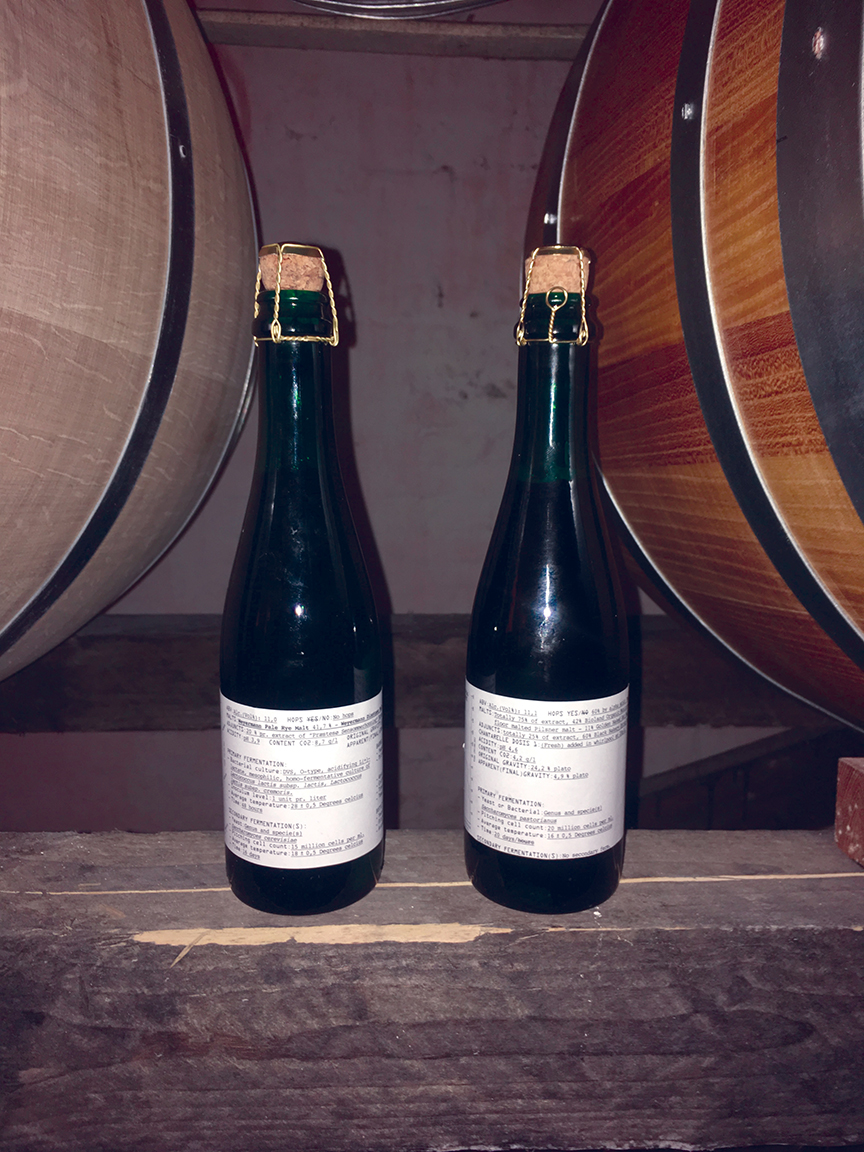
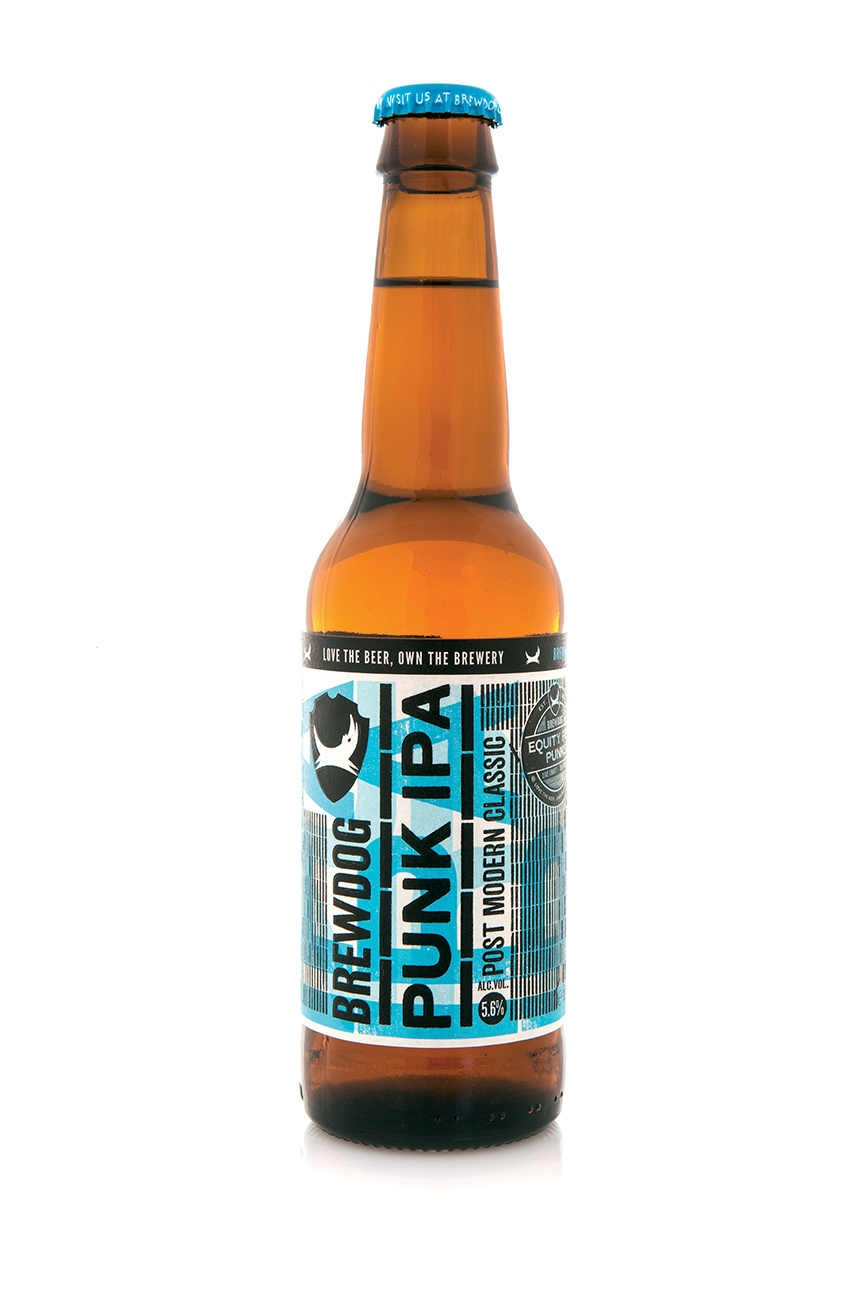
Denmark-based Carlsberg Group is best known for its eminently affordable Carlsberg label, but offers more than 500 different brands from Uzbekistan to Laos and periodically experiments with high-end beers. Released from 2008 to 2010 is its Carlsberg Jacobsen Vintage, which was originally priced near $400. It can still be cellared until 2059 and remaining bottles are considered precious. “It’s quite a flavorful beer with lots of character and complexity,” notes Beaumont. This year, the company introduced new cask-conditioned beers in conjunction with Nordic Food Lab at the University of Copenhagen.
“The starting point was a curiosity about whether we could brew beers of sufficiently high quality to match Denmark’s elite gastronomy,” says Jacobsen Brewmaster Morten Ibsen, who notes, “We succeeded.” A limited allocation of Jacobsen’s Chanterelle Lager was provided to Michelin-starred Restaurant Tri Trin Ned in Fredericia, Denmark, where dishes on the multi-course tasting menu were carefully crafted to complement the beer’s unique character. The launch reinforces the concept of fine beer assuming the stature of wine in the highest echelons of the culinary world.
Perhaps no craft brewery in America is as dedicated to the art of “culinary brewing” as Chicago-based Moody Tongue Brewing Company, whose mission is to develop flavor profiles that pair well with fine cuisine. Founding Brewmaster Jared Rouben, a graduate of the Culinary Institute of America and an alum of Michelin three-star Per Se in New York, approaches brewing beer as he would a savory dish in the kitchen. “It’s about sourcing the best ingredients, handling them with care and knowing where, when and why to incorporate them,” he says, adding, “The finished product just hits a glass instead of a plate.”
Moody Tongue’s Shaved Black Truffle Pilsner (about $120 for a 22-ounce bottle) is a beer designed to complement rack of lamb as effectively as a Châteauneuf-du-Pape. Several acclaimed restaurants have placed it on their lists, including New York heavyweights Per Se and Blue Hill. Part of Rouben’s inspiration for founding Moody Tongue in 2014 was his frustration with seeing the beer selection relegated to the last page of restaurants’ beverage lists, with few choices that could elevate the dining experience. “My inspiration comes from the ingredients,” says the chef/brewmaster, insisting he is not motivated by price. “As soon as truffles go down in price, so will the beer,” he quips.
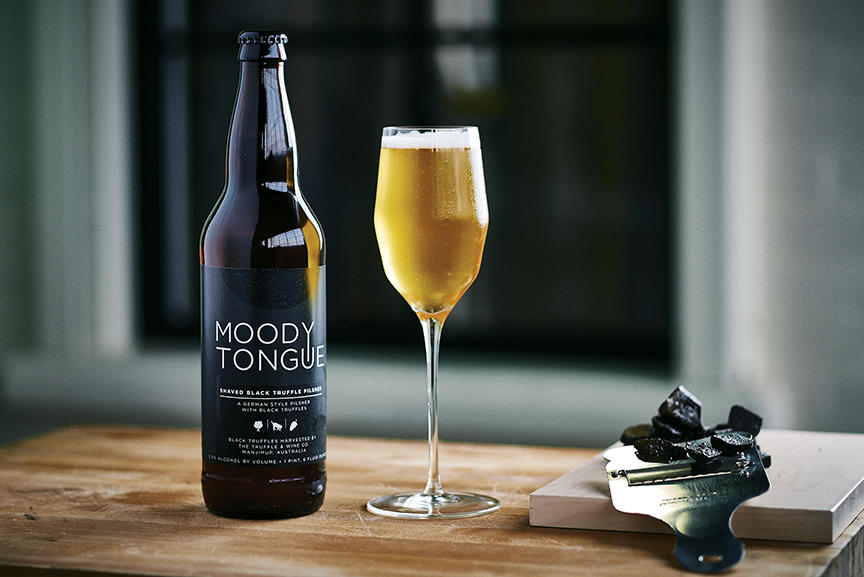
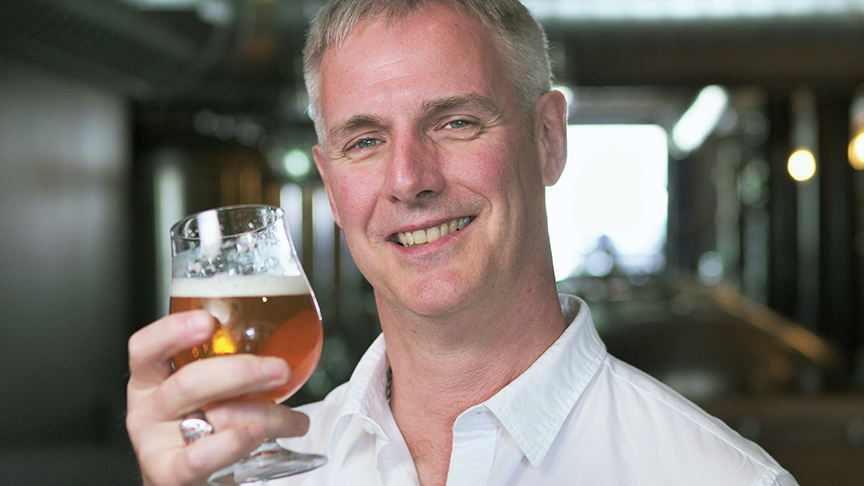
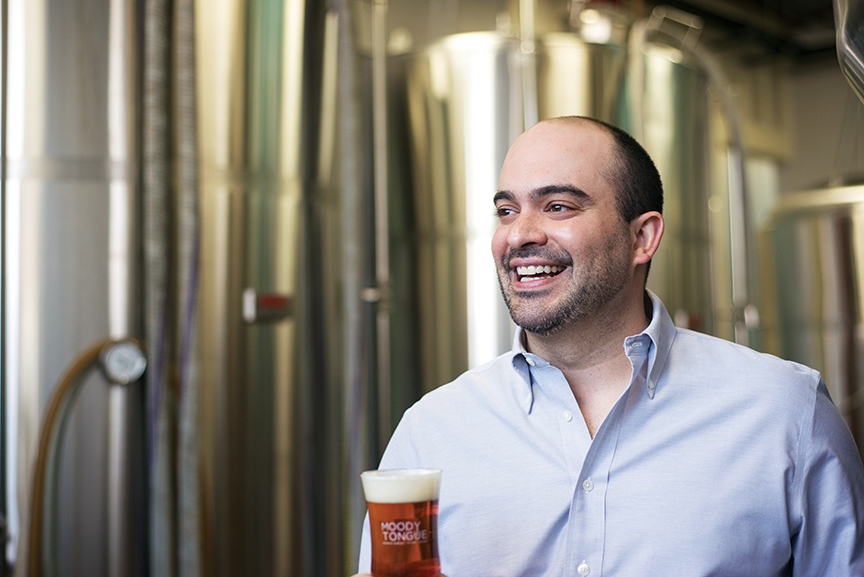
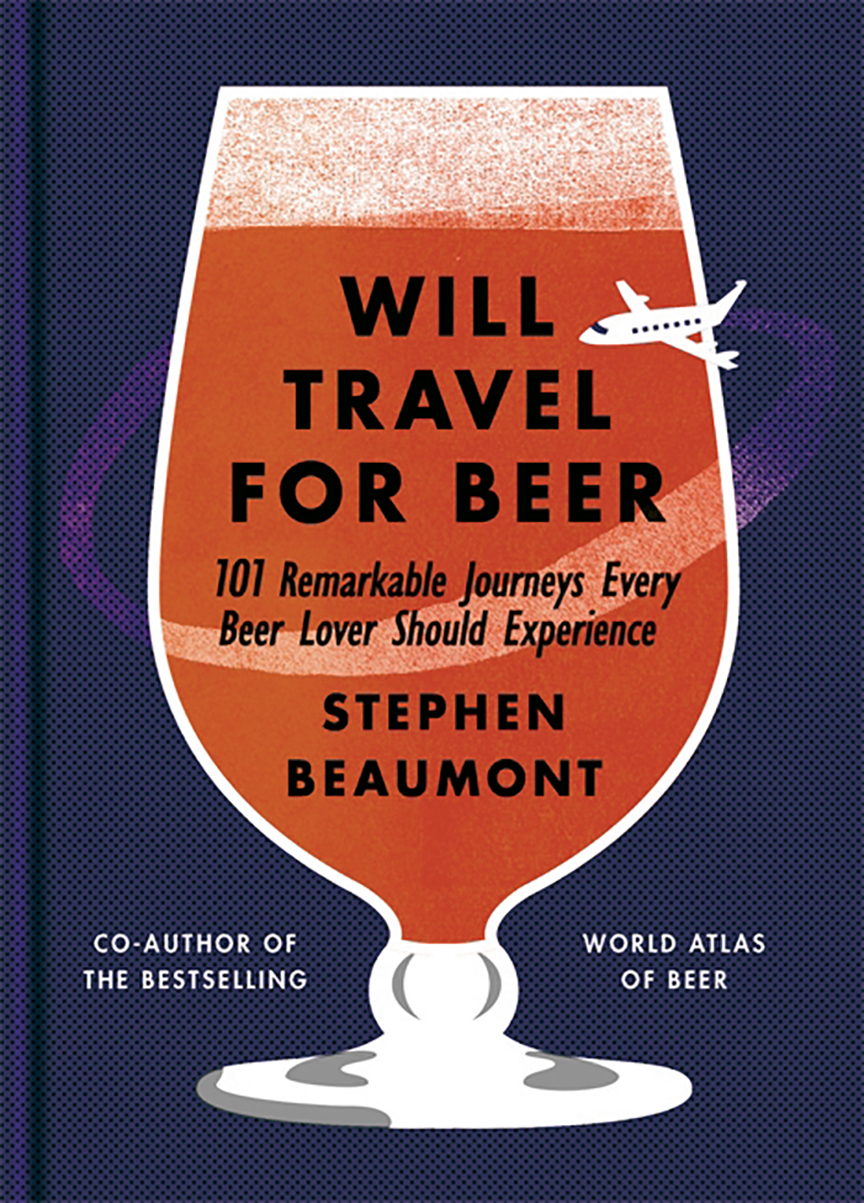
Shelton Brothers, Inc. is a prominent Massachusetts-based importer currently offering more than 800 labels, including those of Cantillon, a Belgian brewery whose traditionally fermented Lambic beers command high prices. Commenting on the current crop of headline-grabbing beers, Co-Founder Dan Shelton, states, “American craft brewers have figured out a lot of ways of getting people to spend more money: higher alcohol levels, novel ingredients, creating the impression of scarcity by limiting access, and using what are purported to be innovative techniques.”
“Most of this is just gimmickry,” insists Shelton, who believes the trend toward exotic food additives is cresting. Unimpressed by truffle-infused beer, he says, “I sincerely hope that what comes next is a renewed interest in what I think of as just ‘good beer’ — beer made in the traditional, painstaking way that actually tastes like beer.”
Haute Brews
BrewDog • Scotland/Ohio • www.brewdog.com
Cantillon Brewery • Belgium • www.cantillon.be
Crown Ambassador Reserve • Australia • www.crownlager.com.au
Carlsberg Group • Denmark • www.carlsberggroup.com
Moody Tongue Brewing Company • Chicago • www.moodytongue.com
Samuel Adams • Boston • www.samueladams.com
Sapporo • Japan • www.sapporobeer.com
3 Floyds Brewing Co. • Indiana • www.3floyds.com
Resources
Shelton Brothers, Inc. • www.sheltonbrothers.com
Stephen Beaumont • www.beaumontdrinks.com














